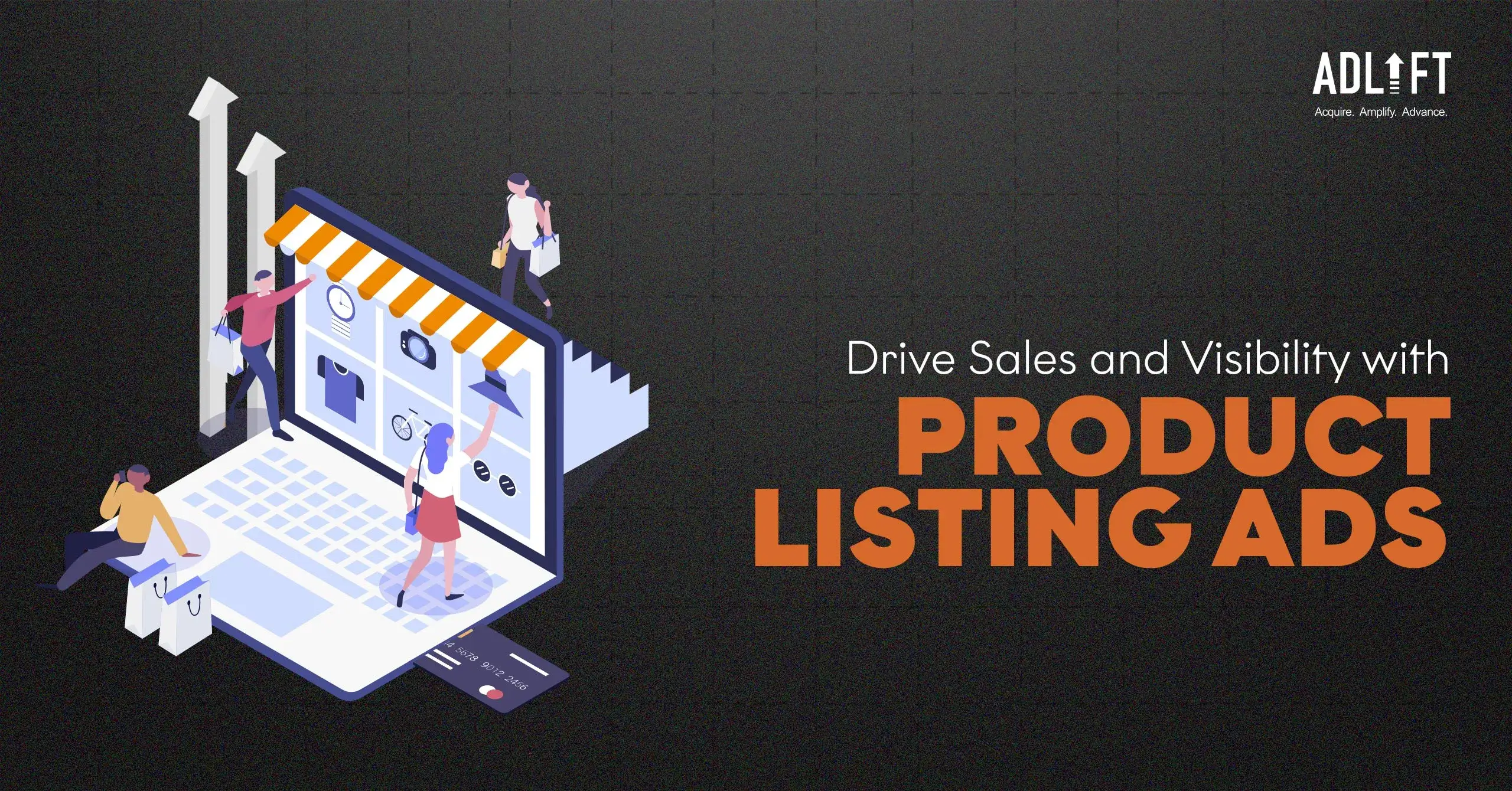Maximizing Google Product Listing Ads: Tips for E-commerce Success

E-commerce is experiencing explosive growth. Just a few years ago, online shopping was a niche activity. Today, it’s a mainstream way to purchase everything from groceries to furniture. Experts predict this trend will only continue, with global e-commerce sales expected to surpass a staggering $7 trillion by 2025.
This surge in online shopping presents a golden opportunity for businesses, but it also creates a fiercely competitive outlook. Potential customers are bombarded with choices just a click or two away. So, how do you stand out from the crowd and ensure your e-commerce store thrives in this dynamic environment?
Google Product Listing Ads (PLAs) are a powerful tool in this competition. They enable your business to get its products seen by potential customers at the exact moment they’re searching for something your store offers.
Let’s understand how PLA ads work. Unlike traditional text ads, these are product-based shopping advertisements that appear on Google Search results pages, as well as on other properties and partner websites.
Campaign Segmentation: Understand Your Audience
Understanding your target audience is a must. Who are they? What are their shopping habits? What kind of products are they looking for? By scouring into these questions, you can customize your Google Product Listing Ads to meet the specific needs and preferences of your future potential customers. This involves using the right keywords, creating compelling product titles, and ensuring that your product images are high-quality and appealing.
Optimizing Your Product Feed
Google Product Listing Ads (PLAs) are all about showcasing your products in the best possible light. But before you can unleash their advertising magic, you need to ensure your product feed is in tip-top shape. Here’s how to optimize it for success:
- Be Accurate and Up-to-date: Nothing ruins the customer experience and your campaign performance like outdated information. Make sure your product feed reflects current prices, availability, and descriptions.
- Keywords are Key: Strategically pepper relevant keywords throughout your titles and descriptions. However, keyword stuffing is frowned upon, as it can make a website’s content unreadable.
- Use High-Quality Images: Visuals are the first impression and are worth a thousand words, especially in e-commerce. High-quality images can make or break your PLAs.
Ensure your images are clear, professionally shot, and show the product in its best light. - Write Attractive Titles and Descriptions: One of the most important strategies for Google Product Listing Ads is to highlight benefits, solve customer pain points, and use clear, concise language to grab attention and drive clicks.
Remember, you’re not just trying to catch the eye of potential customers, you’re also trying to please Google’s algorithms. Include important details like brand, size, color, and any other relevant information that a buyer might search for.
Bidding Strategies: Balancing Performance and Budget
Bidding strategy is a type of Google product listing ads procedure that determines how much you’re willing to pay for each click on your ad. Here are a few options to consider:
- Maximize Clicks: This strategy prioritizes getting as many clicks as possible within your budget. It is great for driving initial traffic to your website.
- Target Return On Ad Spend (ROAS): This product listing strategy acts as advertising on autopilot. It allows you to set a specific return you want on your ad spend, and Google will automatically regulate your bids to achieve that goal.
- Manual Bidding: For experienced users, this grants you granular control over each bid, allowing for precise targeting and strategic adjustments.
The Power of Monitoring and Optimization
Google Product Listing Ads (PLAs) are not a “set it and forget it” kind of deal. It is a dynamic tool that thrives on constant monitoring and optimization. Here’s what to keep an eye on:
- Click-Through Rate (CTR): See how many people are clicking on your ads. A low CTR might indicate a need for a creative refresh. Consider using high-quality visuals that showcase your products in action.
Compelling descriptions that highlight benefits and solve customer pain points can also significantly boost your CTR. - Conversion Rate:
Monitor how many clicks translate into actual sales. A low conversion rate could point to issues with your landing page or overall sales funnel. - Return On Ad Spend (ROAS): This metric shows how much revenue you’re generating for every dollar spent on your ads. If your ROAS is lower than expected, it might be time to refine your targeting, adjust your bids, or optimize your product feed.
Positive Reviews Boost Trust with Google PLAs
Including customer reviews in your Google Product Listing Ads (PLAs) can be a game-changer. Reviews act like a digital word-of-mouth recommendation, reassuring potential buyers about your product’s quality and your service’s reliability. Positive reviews build trust, especially for hesitant shoppers, and seeing glowing testimonials can be the nudge they need to click through and make a purchase.
Elevate Your E-commerce with the Power of Google PLAs
Google Product Listing Ads are a powerful tool for e-commerce success, but they require careful optimization and regular monitoring to shine. By following these tips and consistently refining your approach, you’ll be well on your way to becoming a Google Product Listing Ads pro. You can maximize the impact of your PLAs and drive significant sales for your e-commerce business.
Struggling to stand out in the crowded online marketplace? Boost your online sales and attract potential customers with AdLift’s exceptional digital marketing services. We excel at promoting your products on digital platforms and using effective digital marketing strategies and tools to help grow your business.
